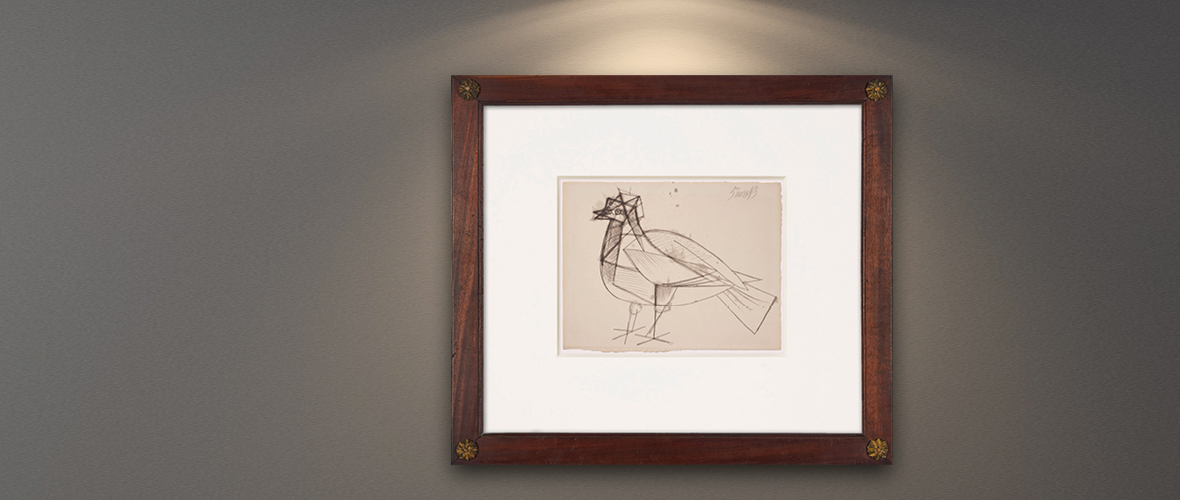
Pablo Picasso and the doves
"I stand for life against death; I stand for peace against war." Doves had great emotional significance for Picasso.
They appeared as motifs in some of his earliest surviving drawings from his childhood and also played such a prominent role in the art of his father Don José Ruiz Blasco that he was nicknamed "The Pigeon Lover".
Guernica
The Spanish Civil War had a decisive effect on Picasso's perspective. His dealer Daniel-Henry Kahnweiler said that Picasso had previously been "the most apolitical person" he had ever known: "He had never thought about politics, but the Franco uprising in 1936 was an event that completely upset him and turned him into an advocate of peace and freedom."
After Picasso painted his famous response to the German bombing of the Basque town of Guernica in 1937, he became a symbolic figure of the fight against fascism among artists and intellectuals.
The dove as a symbol of peace
Picasso drew his most famous dove in January 1949, which was also used in 1949 as the motif for one of his most famous posters, the announcement of the World Peace Congress in Paris. With just a few strokes, a dot and a small green branch, Picasso gives a symbol to perhaps mankind's greatest longing: the dove of peace.
In his work, Pablo Picasso reacted to the threats of the time, to death and destruction, in his own way. He did not focus superficially on the drama of war, but subtly, especially in the classical genres of painting. He created portraits, nudes and varied still lifes - some with food and banal household items as motifs.

"Pigeon" cycle
The work "Pigeon" from 1943 comes from a cycle of six drawings. In the midst of the Second World War, Picasso deconstructs the motif of the pigeon as a symbol of peace and breaks it down into its component parts. As a key co-founder of Cubism, he drew on the essential characteristic of this art movement: the reduction of an object to geometric figures such as cones, spheres and pyramids.
